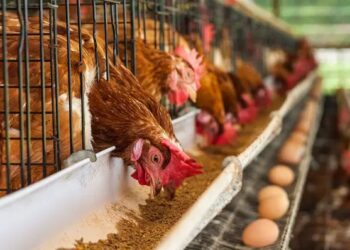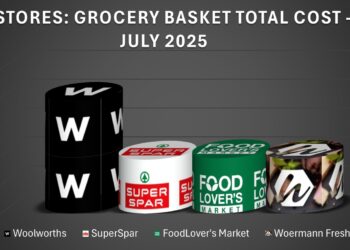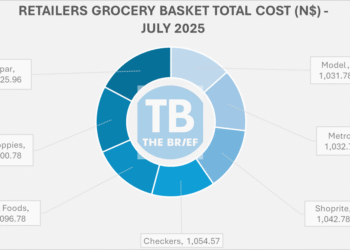
Most South African economists and investment specialists expect another interest rate hike from the South African Reserve Bank (SARB) when its Monetary Policy Committee (MPC) meets next month.
Last month, the SARB surprised the market when it hiked the rate by 50 basis points, increasing the repo rate to 7.75% and the prime lending rate to a 14-year high of 11.25%.
Before this increase, many experts believed the SARB’s hiking cycle would end soon, as the March hike marked the ninth consecutive interest rate increase since November 2021.
However, the SARB has remained steadfast in its mission to bring inflation within its target range of 3% to 6% and anchor expectations around the mid-point of this range (4.5%).
Recent consumer price inflation (CPI) data for March showed this goal slipping away, as CPI accelerated to 7.1% and food inflation reached a 14-year high.
Experts are, therefore, slightly less hopeful of a reprieve in their expectations for the May monetary policy committee (MPC) meeting. Many predict a continuation of the hiking cycle and little relief in the rest of 2023.
Nine experts asked about their interest rate expectations for May, most predicted a 25 basis point hike.
“Following the SARB’s more hawkish 50 basis point hike in March, we think that a terminal rate of 8.00% reached as early as next month remains very plausible,†said Jeff Shultz, BNP Paribas South Africa senior economist.
However, he said a lot depends on the data and exogenous environment.
The MPC has repeatedly stressed the importance of nipping rising inflation expectations in the bud. Therefore, the March CPI data is “unlikely to help mattersâ€.
Shultz expects inflation to remain sticky and well above the SARB’s target range in March and April. He, therefore, thinks it will be difficult for the SARB to pause its hiking cycle as early as the MPC’s May meeting.
“We also think that the bank is concerned over growing uncertainties in the exogenous environment (global banking sector and tightening financial conditions), which it worries could ‘raise the risk profile of emerging markets’, capital outflows and weaker currency performance.â€
He said relief in the form of rate cuts is only likely from Q1 2024. He expects 100 basis points in cumulative cuts (25 basis points per meeting) starting from March 2024.-bustech











